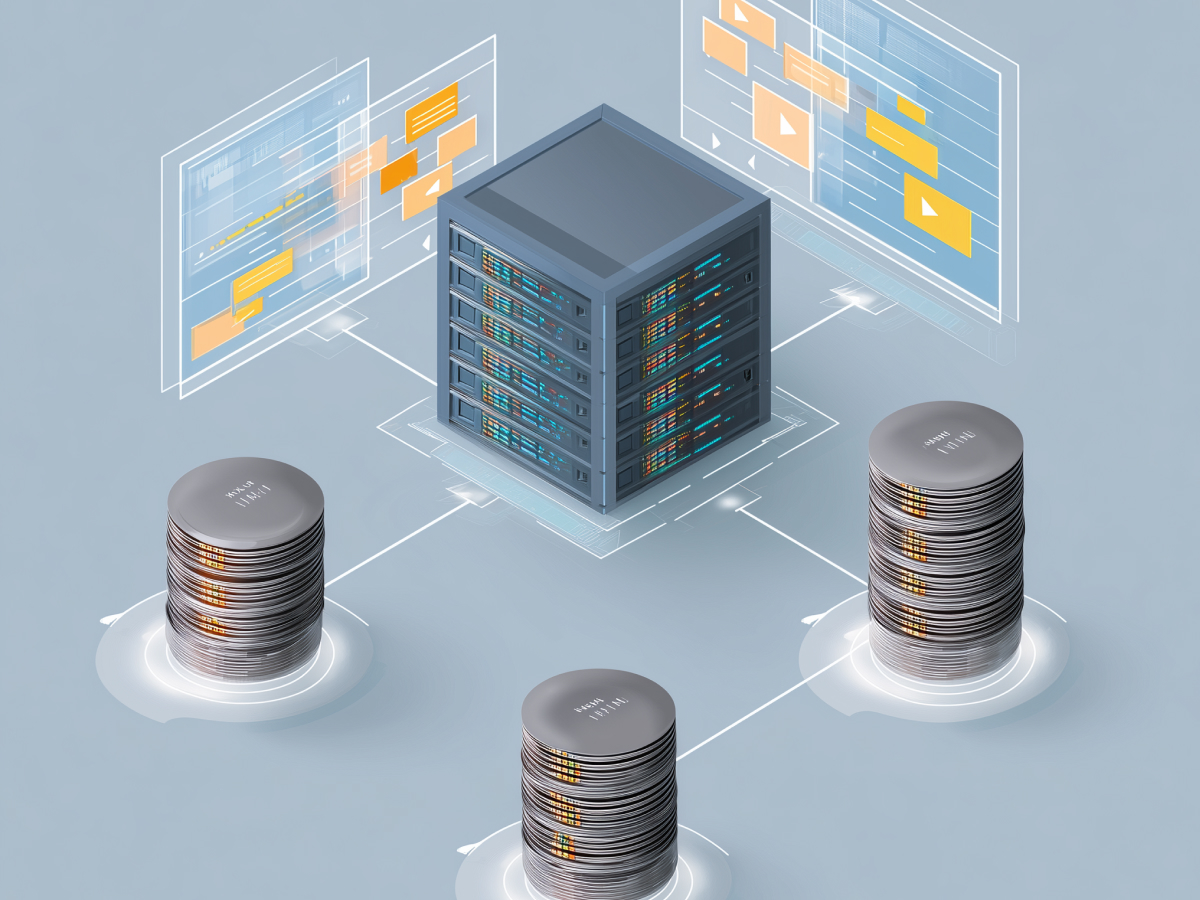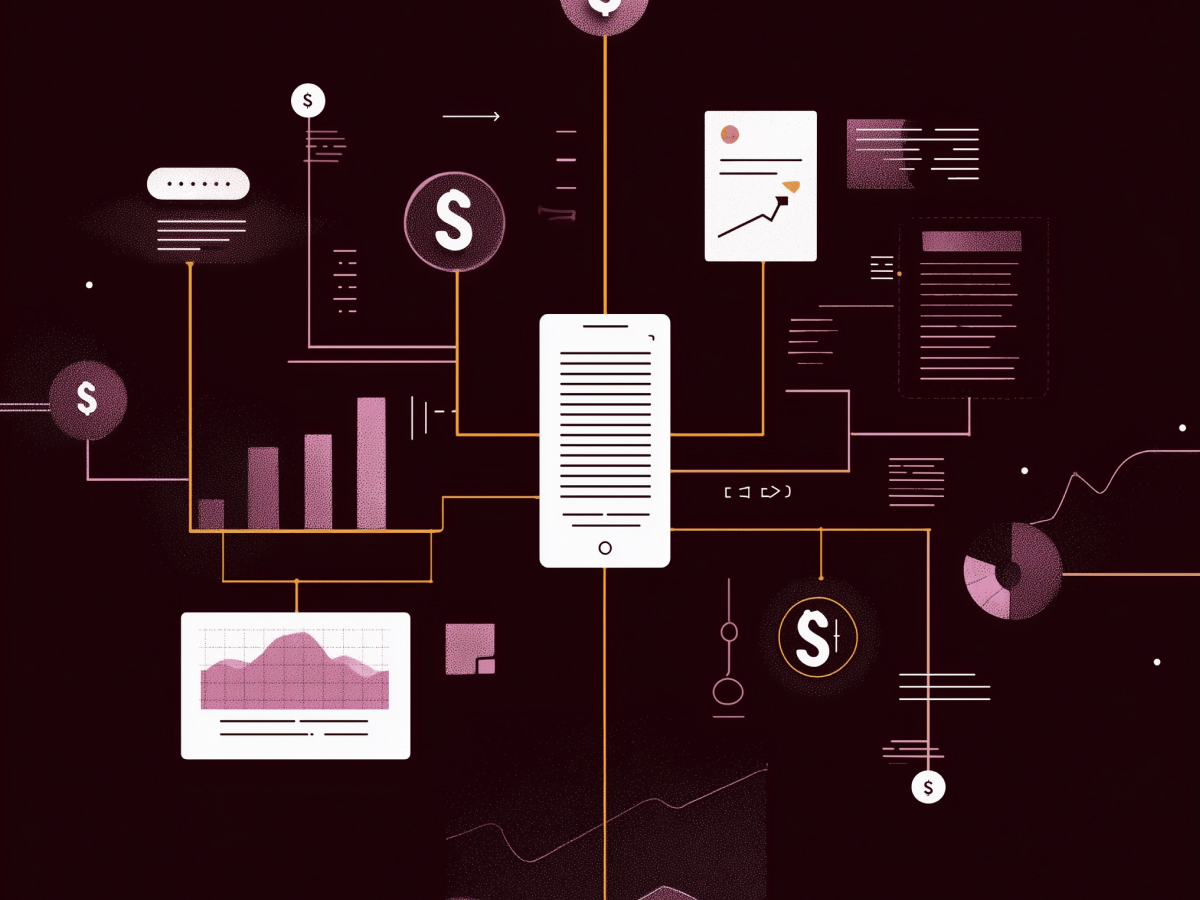AI-Powered GUI automation in human-computer interaction
Instead of memorizing clunky commands or wading through complex interfaces, users now have the power to simply “talk” to their software. You state the task, and the AI handles everything from form-filling to navigating multiple applications.
This shift is profound. Tasks that once required hours of manual effort are reduced to seconds. Whether it’s updating spreadsheets, booking meetings, or analyzing data across platforms, GUI automation eliminates friction in workflows, liberating time and energy for more strategic thinking.
According to BCC Research, the market for GUI automation is projected to surge from $8.3 billion in 2022 to a staggering $68.9 billion by 2028, with a CAGR of 43.9%. These point to a complete reimagining of how humans interact with machines.
GUI automation bridges the gap between technical complexity and intuitive execution, removing the barriers that slow innovation. It’s automation that works for people
Major tech companies are advancing AI-Driven GUI
The biggest names in tech are already sprinting ahead in this race to reshape software automation, and the pace is accelerating. Microsoft, Anthropic, and Google are each deploying AI systems capable of executing real work, really fast, across complex digital markets.
Microsoft’s Power Automate platform uses LLMs to build automated workflows effortlessly. No coding. No manual intervention. Meanwhile, Copilot, Microsoft’s AI assistant, operates software on command, making complex tasks as easy as typing a sentence. This is a massive simplification of how enterprise software is utilized.
Anthropic brings innovation with Claude, facilitating web-based tasks like filling forms, navigating websites, and completing multi-step processes. It’s precise, effective, and adaptable, making the digital environment as responsive as a human assistant.
Google isn’t far behind, with Project Jarvis in development. Designed to perform tasks like online research, booking travel, and handling eCommerce transactions, it highlights the growing competition to dominate this space. When tech giants put billions into automation capabilities like this, you know the future is shifting.
By 2025, industry experts predict that 60% of large enterprises will pilot GUI automation agents. Companies that embrace these tools will dramatically outpace competitors in speed, efficiency, and adaptability.
Challenges remain in AI automation adoption
Despite the promise, adoption of AI-driven automation isn’t without its hurdles. These systems are powerful, yes, but they’re also complex, raising questions that can’t be ignored.
First, there’s the privacy challenge. AI agents handling sensitive data, financial records, personal customer details, proprietary insights, require airtight protocols. Without advanced encryption and data controls, organizations risk breaches that could cripple trust and compliance.
Then there’s performance. AI systems are computationally hungry, often requiring comprehensive infrastructure or cloud resources to operate effectively. For enterprise-wide adoption, there’s a clear need to design leaner, more efficient models capable of running locally on devices. This means faster performance, reduced latency, and lower costs.
Finally, there’s the matter of safety and reliability. AI systems are effective at following predefined workflows, but flexibility and real-world adaptability remain works in progress. Businesses cannot afford mistakes. A single error in automated processes could have cascading consequences, delayed operations, data loss, or compliance violations.
Researchers are tackling these barriers head-on. The focus now is on:
- Building models that perform efficiently without heavy computational demands.
- Implementing comprehensive security frameworks to safeguard sensitive information.
- Creating standardized methods to evaluate and improve AI accuracy and reliability.
The bottom line? AI automation will only scale when businesses trust its performance, security, and resilience under pressure. And that’s exactly what the brightest minds in the field are striving to deliver.
Future innovations will drive multi-agent and multimodal capabilities
The next generation of AI automation will think across systems, collaborate with other AI agents, and solve increasingly sophisticated problems. This is where multi-agent systems and multimodal models take center stage.
Multi-agent systems are like digital teams, AI agents working together to complete tasks that no single model could manage alone. For instance, one agent may retrieve data, another may process it, and yet another could generate insights or execute specific actions. The result? Rapid, coordinated workflows executed with precision and speed.
On the multimodal front, AI agents are learning to process and integrate diverse inputs, text, visuals, and commands, just like humans. These innovations represent the next step of enterprise automation. New, fast, responsive AI agents, will grow into versatile digital workers capable of navigating complex, unpredictable environments.
Enterprises face both productivity opportunities and strategic challenges
AI-powered GUI automation offers enterprises the chance to simplify repetitive tasks, optimize workflows, and achieve massive productivity gains. Yet it brings challenges that require strategic foresight and careful execution.
Infrastructure is the first consideration. Deploying these systems at scale means having the IT backbone to support them, whether on cloud, hybrid, or local architectures. Organizations need to invest in tools, bandwidth, and hardware that can handle the demands of advanced automation.
Then comes data security. AI systems interact with vast amounts of sensitive information, and protecting that data is mandatory. From encryption to secure APIs, businesses need bulletproof safeguards to maintain trust and compliance.
Finally, there’s the workforce impact. Automation eliminates manual tasks, but it also raises questions about job displacement. While AI can free up human employees for higher-value work, it’s up to leaders to reskill, upskill, and redeploy their teams effectively.
The opportunity is massive. But it requires a balance of bold adoption and calculated preparation. Leaders who get it right will see their organizations move faster, smarter, and with far greater agility in an increasingly competitive world. Those who hesitate risk falling behind.





